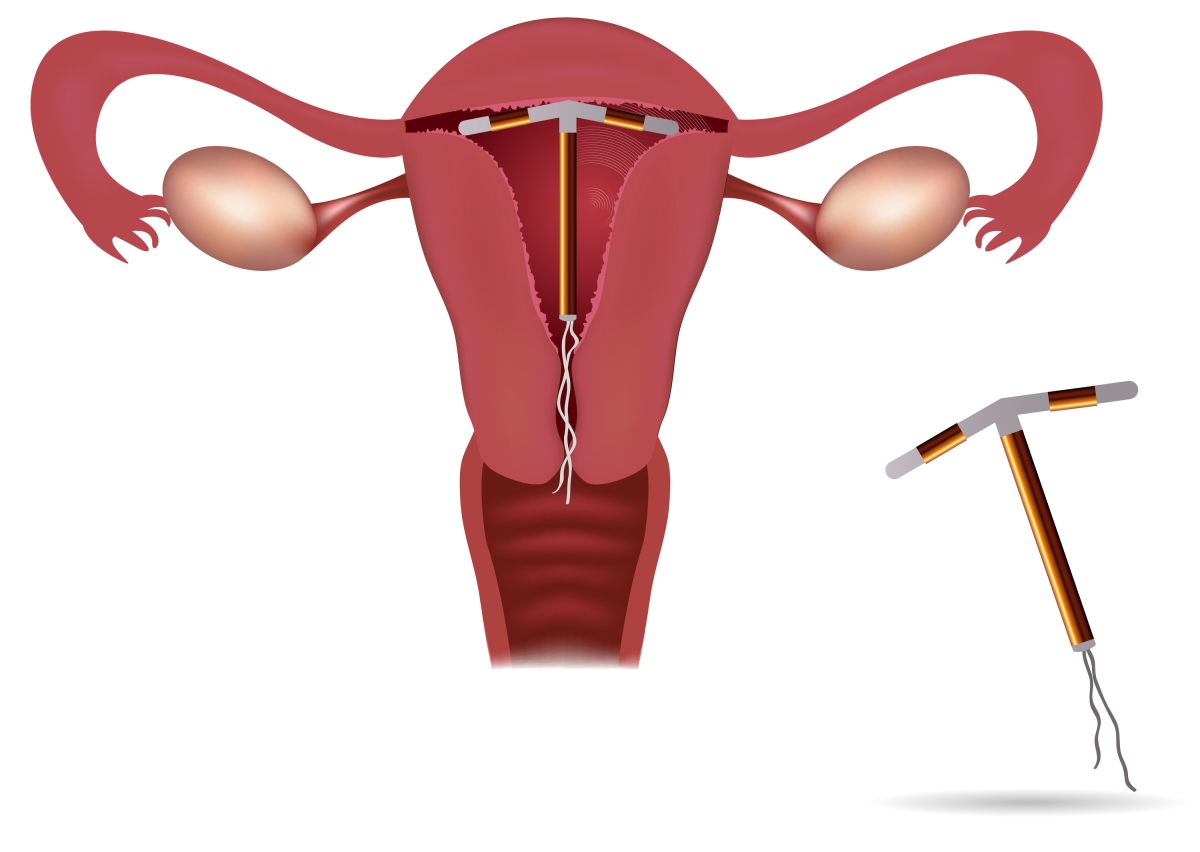Retained IUD
Removal in Dubai
Retained IUD Removal
An IUD (Intrauterine Device) is a small, T-shaped device that’s inserted into a woman’s uterus to prevent pregnancy. IUDs can be copper or hormonal. It is one of the effective forms of reversible birth control.
You may consider removing it because:
- You’re trying to conceive.
- You’ve had it for the maximum amount of time recommended, and it needs to be replaced.
- You’re experiencing prolonged discomfort like unusual bleeding, painful sex, if IUD strings seem abnormal, you can feel other parts of IUD in cervix or vagina or other side effects like pelvic pain, foul-smelling vaginal discharge, severe pain in the abdomen, unexplained fever, severe headaches or migraine.

How is the procedure done?
The removal of an IUD is a simple procedure which involves grasping the threads of the IUD with ring forceps. In most cases, the arms of the IUD will collapse upward, and the device will slide out.
If the IUD doesn’t come out with a slight pull, you may need a hysteroscopy to remove the IUD if it has attached to your uterine wall. During this procedure, your doctor widens your cervix to insert a hysteroscope. The hysteroscope allows small instruments to enter your uterus. You may require anesthesia for this procedure. It can take between five minutes to an hour to complete a hysteroscopy.
Get safe and effective Retained IUD Removal in Dubai with Dr. Neha Lalla at Prime Hospital, Al Garhoud. Schedule your consultation today for expert and compassionate care.

